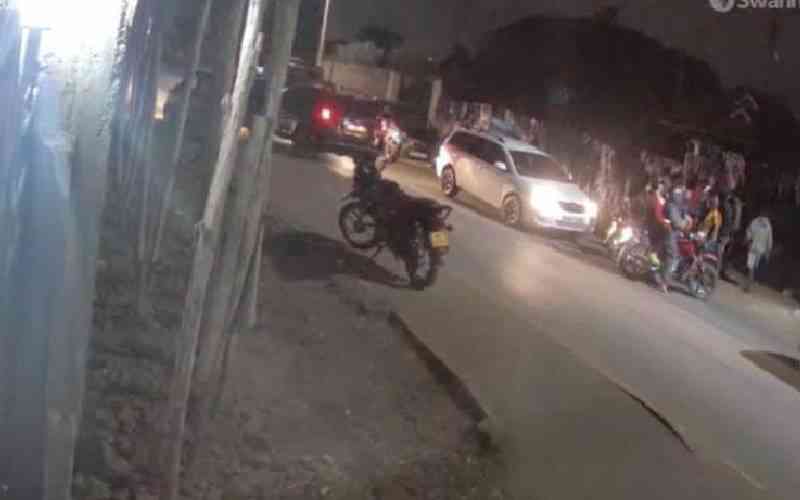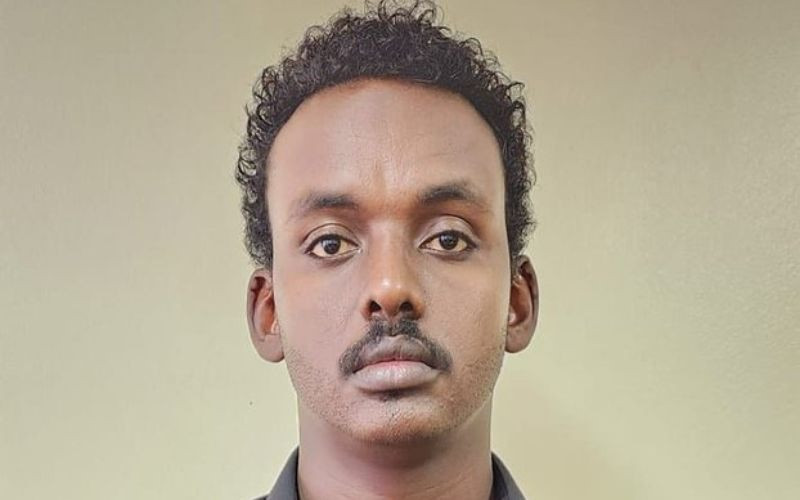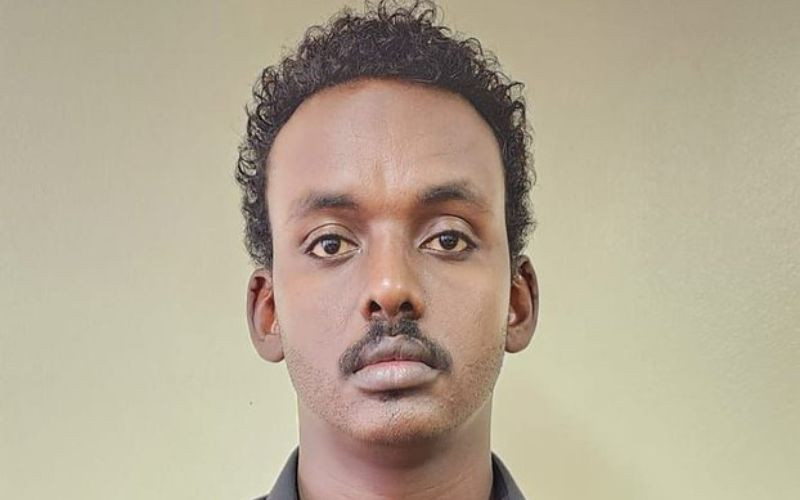
Over the weekend, social media and public discussions in Kenya were inundated by a very divisive discourse following the open shooting of two suspected gangsters who are alleged to be part of the Gaza super power gang- a criminal fraternity of very young boys who appear to be under 35.
The killing was followed by a swift message from the Nairobi County Commander Japheth Koome said the young criminals were behind a spate of M-pesa robberies, carjacking and even killing of some police officers.
As he did so, an avalanche of scorn and criticism also emerged behind the jargon ‘extrajudicial’ killings which sought to condemn the police actions and even went ahead and circulated the picture of the police who is alleged to have executed the duo.
It is this jargon and the moral crusade that needs to be separated from facts if only this country is to move ahead and reclaim the discourse of individual and public safety.
First we must start at the basic level of the argument which is the law, the respect of the same and enforcement in the event that it is disregarded. Proponents of the ‘human rights’ angle advance that the police would have simply restrained the young men and taken them to court then thereafter they would have been convicted and served their term.
They base their outrage on the graphic nature and even have the time to count the number of bullets pumped into the young man’s torso. While this moral and emotional argument is compelling, it actually glosses over the fact that it is possible that the young men were under surveillance and were actually either from or going towards their next victim who will be gunned down in a similar fashion.
This moral argument falls flat when we realize as a society that the law does not protect anyone who chooses to break it deliberately in the manner that these young men do.
The moment a person acts upon a deliberate decision to own an illegal firearm, that person looses their rights to be treated with fairness or even the human dignity the law seeks to defend. S/he simply withdraws on purpose their human right dividends and thus becomes prone to the consequences of their actions. Society has but only one recourse- establish a state that has to exercise over and over again that it retains the monopoly of violence but in the same measure within the set legal and judicial parameters.
The police in this case had the option to shoot carelessly everyone within the larger crowd because at that moment, they couldn’t tell who was a suspect or who was innocent. But acting professionally, they isolated the two young men and deleted this menace which had a higher cost to individual and public safety.
The second aspect we need to underscore is what actions constitute excessive use of force? Case studies abound that actually shed light on what actions, the sequence and reactions commonly referred as manoeuvres are permissible by uniformed officers. For this to take place, threat assessment, level of enemy resistance and an analysis of collateral damage is taken into consideration.
On November 20, 1979 gunmen belonging to a group commanded by Juhayman al-Oteibi, alias ‘Lieutenant Mahdi’ took siege of Mecca’s Great Mosque and had to be dislodged by Special Forces. For this not to be taken as a terrorist strategy in future, the military intervention proceeded with endorsement from clerics that it was permissible to shoot the militants inside the sanctum.
In 1980, when several Jewish terrorists tried to assassinate a number of Palestinian mayors in the West Bank and planned to blow up the mosques on the Temple Mount, the Shin Bet busted the Jewish Zionist movement and sentenced ring leaders to prison terms. It is therefore hypocritical to claim that the danger a policeman poses by executing a young man wielding an illegal firearm is using excessive force.
Criminals whether carjackers, bank robbers or kidnappers or terrorists are in the minority and cannot be allowed to hold hostage the majority of peace loving citizens. In the event we allow this to happen, then they will exercise excessive force with no regard to human rights. Third, we have to come to accept the fact that we either have a dysfunctional or simply overwhelmed directorate of criminal investigation in terms of prevention.
How can such a gang operate for more than two years without being culled, contained or even arrested and taken to court? Could it be that the internal affairs department in the larger Kenya Police Service needs to be urgently overhauled so that it can address the danger that there could be some officers who collaborate with criminals to tank evidence that then sways the opportunity to advance a very strong case within courts?
Stay informed. Subscribe to our newsletter
Until we acknowledge that we must have a zero tolerance policy towards criminals and at the same time overhaul existing State institutions tasked with early crime detection and prevention, we shall continue to be polarised between the moral and the justice arguments which should not be the case.
Mr Wanyonyi is a specialist on Media Regulation and Strategic Communications
 The Standard Group Plc is a
multi-media organization with investments in media platforms spanning newspaper
print operations, television, radio broadcasting, digital and online services. The
Standard Group is recognized as a leading multi-media house in Kenya with a key
influence in matters of national and international interest.
The Standard Group Plc is a
multi-media organization with investments in media platforms spanning newspaper
print operations, television, radio broadcasting, digital and online services. The
Standard Group is recognized as a leading multi-media house in Kenya with a key
influence in matters of national and international interest.
 The Standard Group Plc is a
multi-media organization with investments in media platforms spanning newspaper
print operations, television, radio broadcasting, digital and online services. The
Standard Group is recognized as a leading multi-media house in Kenya with a key
influence in matters of national and international interest.
The Standard Group Plc is a
multi-media organization with investments in media platforms spanning newspaper
print operations, television, radio broadcasting, digital and online services. The
Standard Group is recognized as a leading multi-media house in Kenya with a key
influence in matters of national and international interest.









